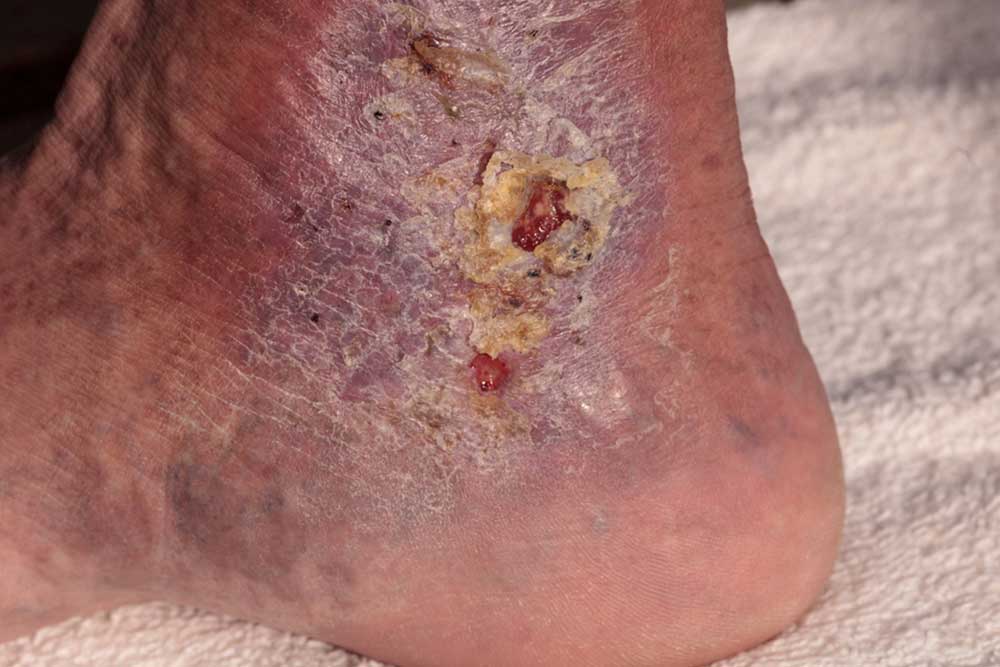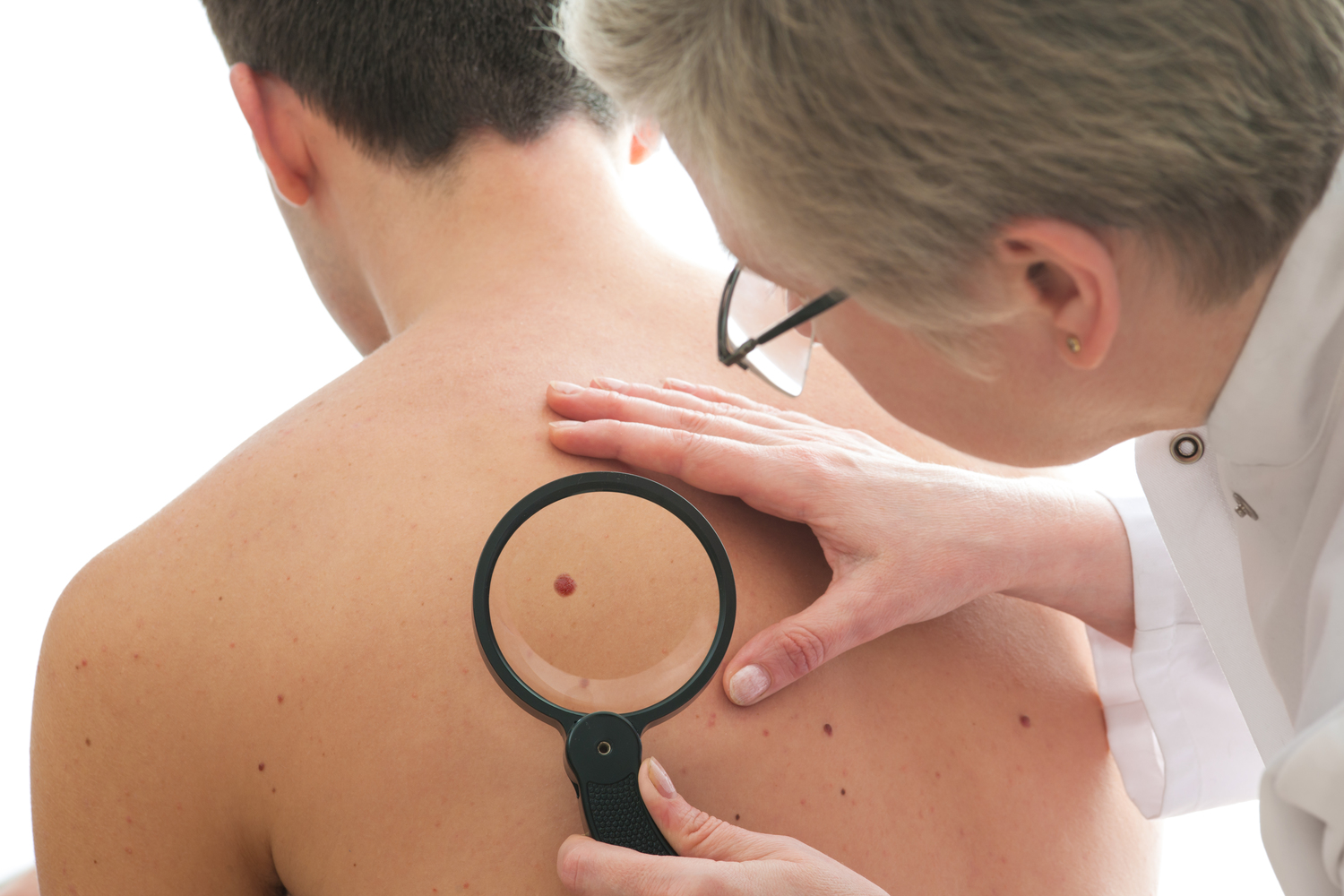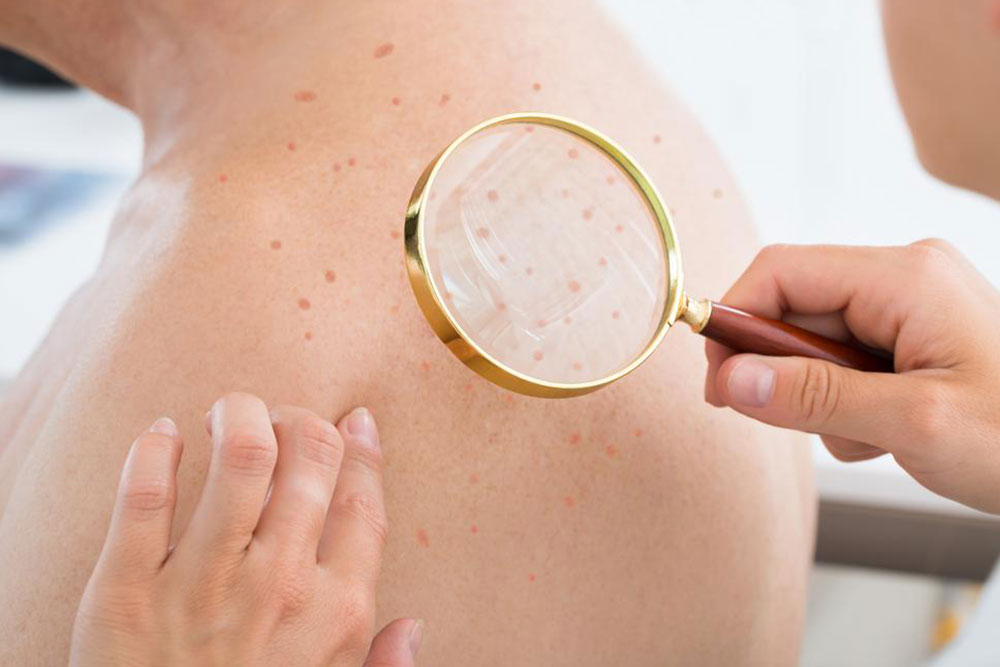Comprehensive Guide to Understanding and Treating Cellulitis Infections
This comprehensive guide explains the causes, symptoms, at-risk groups, and treatment options for cellulitis infections. Early intervention and proper wound care are essential to prevent serious complications. Learn about effective treatment approaches and preventative measures to manage and avoid this bacterial skin infection.

Comprehensive Guide to Understanding and Treating Cellulitis Infections
Cellulitis is a bacterial infection impacting the deeper skin layers and underlying tissues. Individuals who are overweight, have athlete's foot, or psoriasis are at higher risk of developing leg cellulitis. Prompt treatment is essential to prevent complications. Minor wounds, especially if neglected, can serve as entry points for bacteria. Preventing injuries and maintaining skin health can reduce infection risk. High-risk groups include those with poor circulation, compromised immune systems, diabetics, and individuals recovering from chemotherapy. Early symptoms include redness, swelling, warm sensation, tenderness, and pain.
Individuals with limited mobility due to age, disability, or obesity.
People with weakened immune responses caused by illness.
Those with long-term diabetes are more prone to infections like cellulitis.
Patients recovering from chemotherapy may also be at risk.
Early-stage cellulitis can often be treated with a 3-10 day course of oral antibiotics. Improvement typically appears within 24-48 hours. Completing the full course prevents recurrence. Applying warm compresses helps alleviate pain and reduce swelling. If symptoms persist or worsen, intravenous antibiotics and surgical drainage might be necessary. Regular wound care, keeping the skin moist, and avoiding further injury are crucial. Penicillin is commonly used, but alternative antibiotics may be prescribed based on individual health factors. Ignoring cellulitis risks serious complications, such as bloodstream infections or limb loss.
Important Notice:
This article provides general information about cellulitis symptoms, treatments, and health considerations. It is not medical advice. Always consult licensed healthcare professionals for diagnosis and treatment options. Do not rely solely on online information for health decisions.










